June is Pride Month in the US and dedicated to the celebration of lesbian, gay, bisexual, transgender and queer culture and community. Pagan communities have long been an accepting, loving, and welcoming space for LGBTQ+ individuals. In general pagan paths are open to supporting persons on their individual spiritual walk and much more open compared to the Abrahamic religions when it comes to sexual expression.
Many deities across different cultures transcend rigid gender norms or embody queer aspects, or are seen as gender fluid.
Celebrate Pagan Holidays is DEI friendly. I write articles and make videos on paganism and witchcraft. Back in the 1980s when I was a young adult I helped to care for my cousin who was dying of AIDS. This impacted me greatly and I was impressed by the love and support in his gay community. He would be happy I'm sharing this list of pagan deities that don’t conform to “normal” gender types.
Here’s a list of 7 pagan deities that are gender-fluid, gay, androgynous, or have strong ties to the LGBTQ+ community, along with descriptions of their roles and why they resonate with queer people today:
Loki had a daughter with the giantess Angrboda named Hel. She rules the underworld.
Loki (Norse)
Loki is probably the most familiar. Between Rick Riordan's books and the movies they get a lot of media publicity. Loki is the Norse god of Trickery, change, chaos, and transformation. They are a shapeshifter and a god of mischief who changes form and gender at will. Loki was at times either mother or father to his human and non-human children.
In one myth, Loki becomes a mare, a female horse, has sex with a stallion, gives birth and returns to a human male. Loki's son is the eight-legged horse Sleipnir who became Odin's steed. Loki's fluid identity and resistance to being put in a box resonates strongly with anyone figuring out there identity.
Loki had a daughter with the giantess Angrboda named Hel. She rules the underworld, one of three afterworlds in the Norse religion. During the last battle the citizens of Hel fight alongside Loki.
If you are interested in learning more about following Loki I have a free download here.
Hapi oversees the flooding of the Nile River, fertility, and abundance.
Hapi (Egyptian)
Egyptian deity Hapi oversees the flooding of the Nile River, fertility, and abundance. Hapi is depicted as an intersex deity with both masculine and feminine traits. They can offer affirmation to those exploring and honoring the fullness of their gender.
Traditionally Egyptian villagers made offerings and sacrifices to Hapi during the flood season, including throwing amulets into the Nile River. We dont want to throw amulets into the water today because it can be pollutive and bad for marine animals. However, throwing coins into a fountain or growing some lotus flowers would be a good way to honor Hapi.
Paganism has attracted members of the LGBTQ+ community because of its open-mindedness. This video looks at 7 deities that transcend rigid gender norms
Labradorite is a great crystal for persons in the LGBTQ community.
Hermaphroditus
Hermaphroditus is the Greek deity that symbolizes the unity of masculine and feminine, love, and balance.
The child of Hermes and Aphrodite, Hermaphroditus was merged with the nymph Salmacis into one androgynous being, embodying both male and female traits.
Hermaphroditus represents the divine balance of masculine and feminine. Their Symbols include the hare and the crystal associated with change. Labradorite the stone of transformation.
Labradorite is a great crystal for persons in the LGBTQ community. It's often associated with self-discovery, intuition, and the awakening of one's inner spirit. And is considered a guardian of your aura, shielding you from negative influences. Carry one in your pocket or wear it as jewelry.
AKA Bacchus - the original party boy!
Dionysus (Greek)
Next up we have the Greek party boy Dionysus. Or as he was known in Rome Bacchus. The god of wine, ecstasy, freedom, fruitfulness, and vegetation was always up for a good time.
Dionysus, though male, is often depicted in a highly effeminate, androgynous way. He is associated with gender-bending, ecstatic liberation, and queer spaces in ancient rites. He embodies joy, liberation from societal norms, and self-expression. His cult welcomed women, queer people, and the marginalized, creating a divine sanctuary for nonconformity.
This fluidity is part of what made him so appealing. Bacchus wasn’t confined by strict Roman societal structures, and neither were his followers. His worship was open to women, foreigners, slaves, and those often excluded from civic religious life. In him, people found not just a god of feasts and wine but also a patron of freedom and release.
An ivy wreath, was worn by Bacchus and his priestesses to represent fertility and prosperity. In the dancing of the revelers, it was tossed between them. Group dancing and music are essential. People from all walks of life come together to forget their social status and mundane jobs and celebrate what it means to be simply a human being. Express yourself. Lively discussions where people speak their minds openly and honestly are also part of the Bacchanalia.
I have an article on Bacchus here.
Mawu-Lisa
Mawu-Lisa
Mawu-Lisa is a deity who embodies gender fluidity and is a central figure in the West African Dahomean religion. Mawu-Lisa are considered a creator and merged deity, and sometimes twins, combining the female characteristics of Mawu, the moon,and the male aspects of Lisa the sun.
The duality of Mawu-Lisa emphasizes the importance of balance and harmony. Honor them by practicing yoga, meditating, or journaling about how to find balance in your life.
Galli
The Galli were the Roman Priesthood of Cybell also known as the Great Mother and her consort Attis.
The Galli were eunuch-priests of Cybell who often dressed in women’s clothing and took on feminine identities. Their spiritual roles were highly respected in ancient Rome and Anatolia. You can see in the picture of their tomb on the right that they were considered high ranking persons.
The Galli often raised money by practicing divination. One way to honor them is to explore and practice a form of divination.
Inari Ōkami
Inari Ōkami
Inari Ōkami is a Shinto deity of agriculture, rice, prosperity, and foxes. Inari is a Japanese kami who appears in various forms—male, female, and androgynous. Their gender changes depending on the story or region.
Inari's messengers are foxes, often called Kitsune, are seen as symbols of Inari's blessings and power. They are often depicted as pairs of statues guarding the entrances to Inari shrines. The kitsune are shapeshifters and tricksters who may change into humans.
Water
The element of water is a good one that you may wish to explore. Water flows, shifts, and changes form—just like gender can. Meditate near a stream or with a bowl of water. Water is tied to the Moon, emotions, and the subconscious.
Gender journeys can be emotional and sometimes painful. Water helps us process grief, joy, and everything in between. Visualize your gender flowing like water—free, unhindered, and natural.
Since the beginning of human religious experiences and in a multitude of cultures, myths, and folklore we see stories of same-sex relationships and gender identity. I hope this inspires you on your own identity quest or helps you support a loved one on their quest.
Selkies
Selkies are also very good guides for members of the LGBTQ+ community. Selkies are mythological shapeshifters that can transform from seals into humans by shedding their seal skins. The legends often feature themes of transformation and longing.
They are wonderful guides for shadow work. They teach us to reclaim our true nature. For pagans and magical practitioners, they serve as potent symbols of freedom, intuition, and the pull of the wild. They encourage us to honor our inner tides and to never lose the part of us that belongs to the ocean—or to magic.
Read my article on Selkies here or check out my video below.
My video on Selkies will give you several ways to connect with your true self.

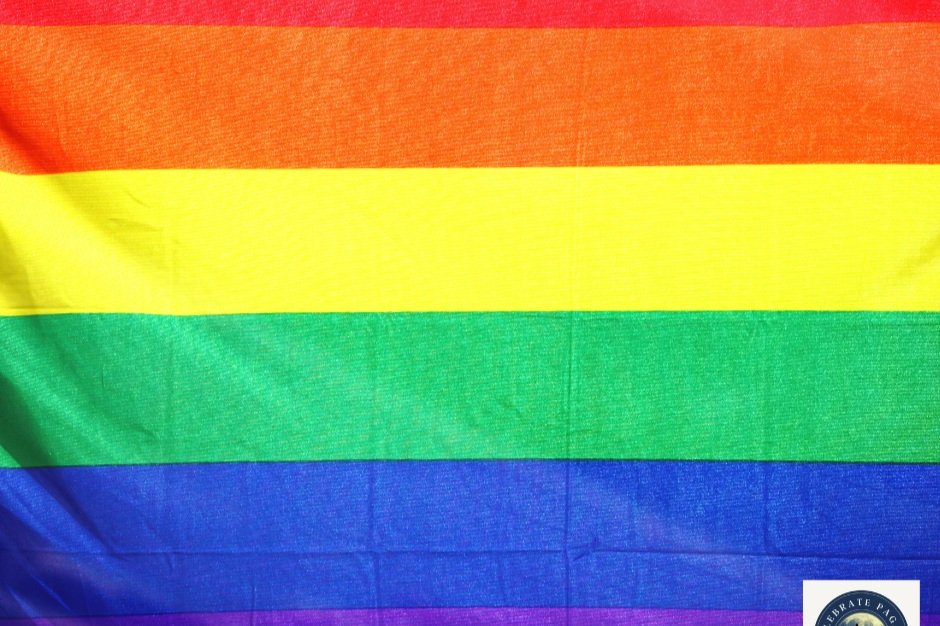

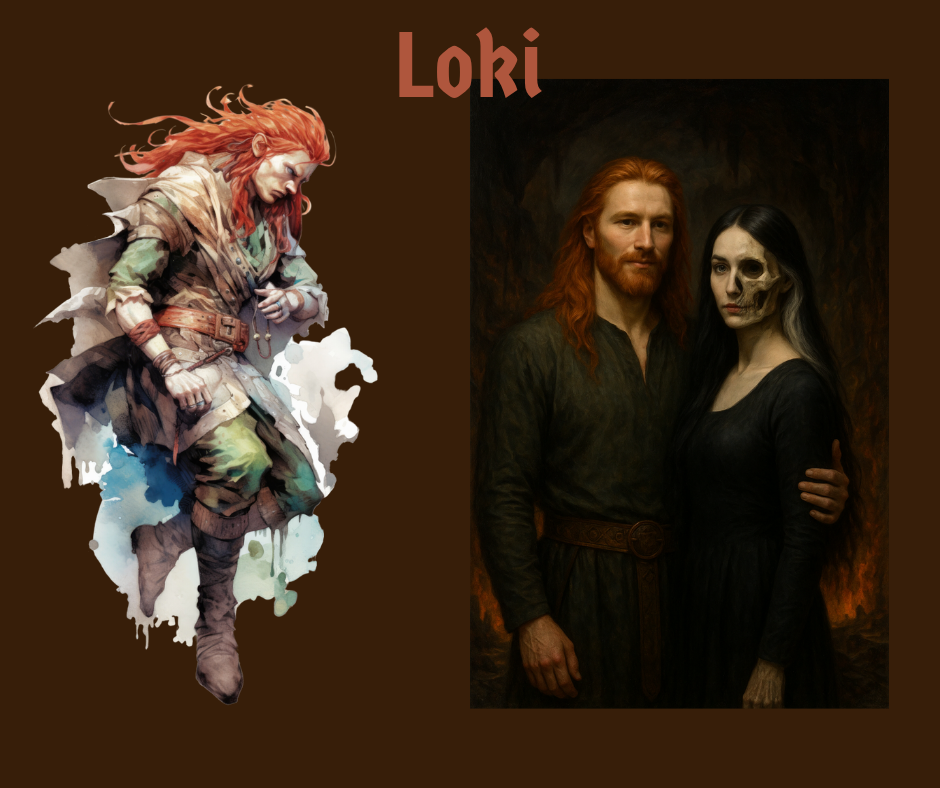


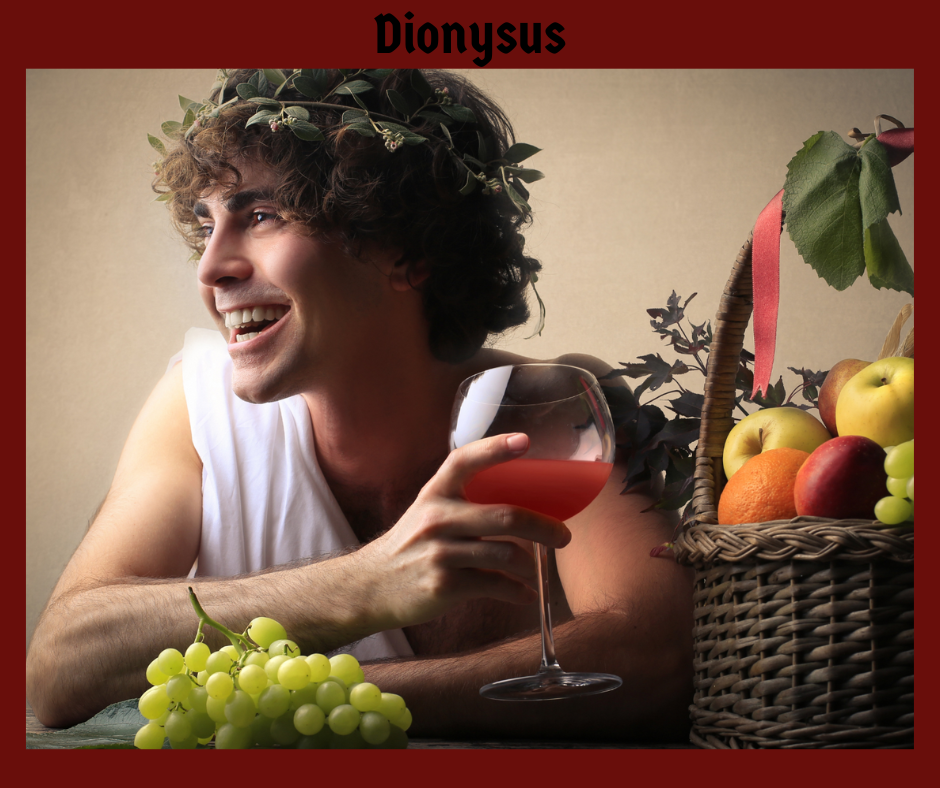
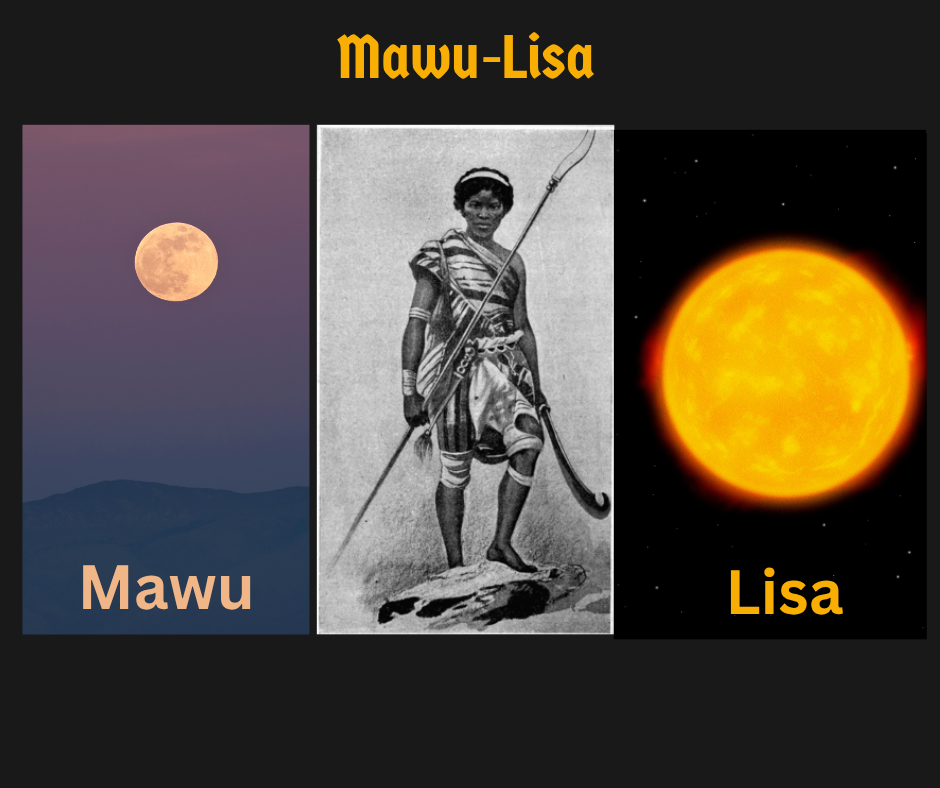
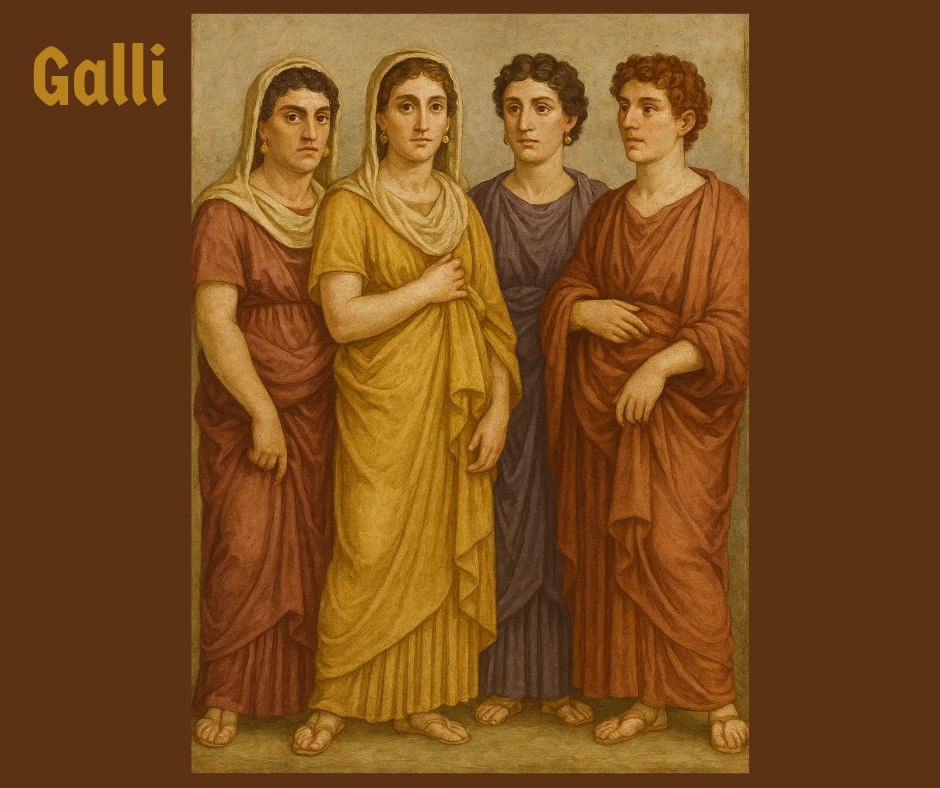
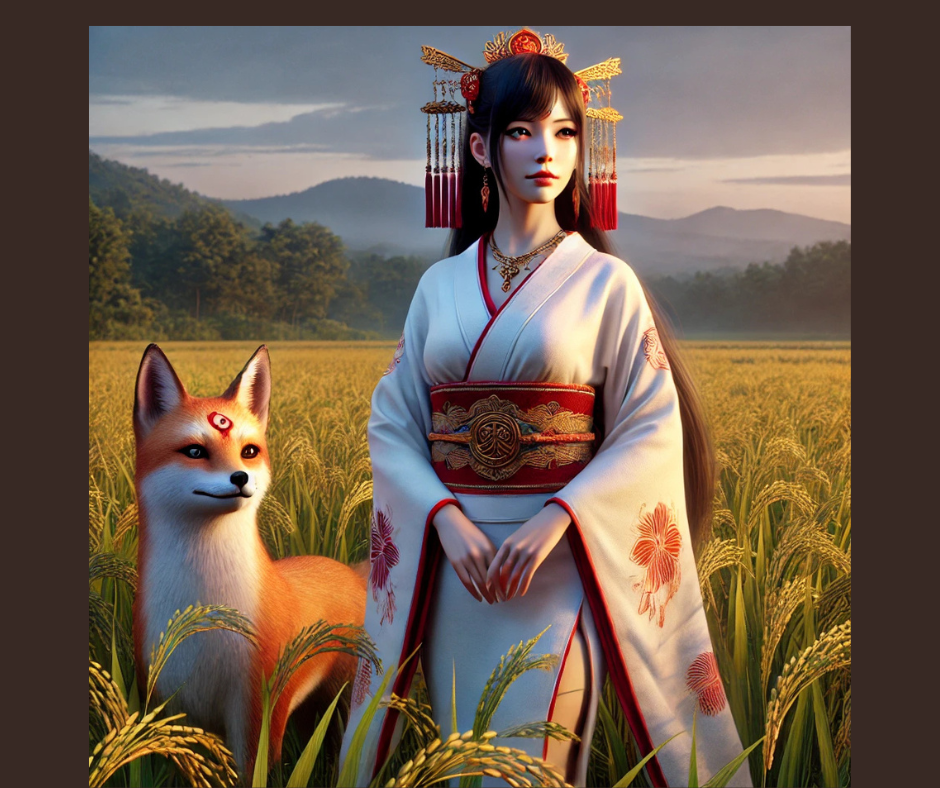


Paganism is a dynamic growing religion but what are the benefits? Becoming a pagan offers its practitioners many benefits.
In this article, we will examine seven benefits that pagans have when compared to other religions. Keep in mind that pagan practices are very diverse and these are general things pagans have in common.